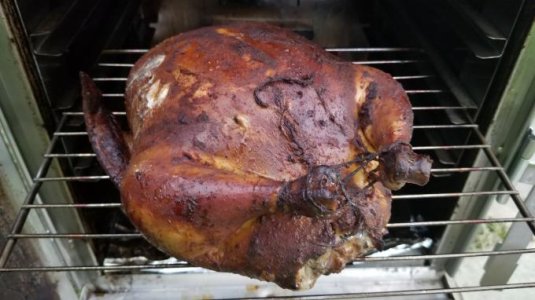Superrmario
New member
Hi all. I own a #2 Analog and my temp swings have come to a head. I walked away from the smoker in frustration for a few months after I ruined a $90 brisket for a BBQ this summer and a damn chicken a week later. My Temps fluctuate 30°~40°. At this time I went basic and threw beef in for Jerkey. My temp probe is accurate to 3 degrees F. I have my #2 set at 175° and I'm currently fluctuating from 150° to 200°. 50 degrees? What I'm getting at is I want to convert to a PID controller. Who has the best info on a conversion for the #2 Analog. I have no issue with managing electrical components, soldering etc. Please help???


